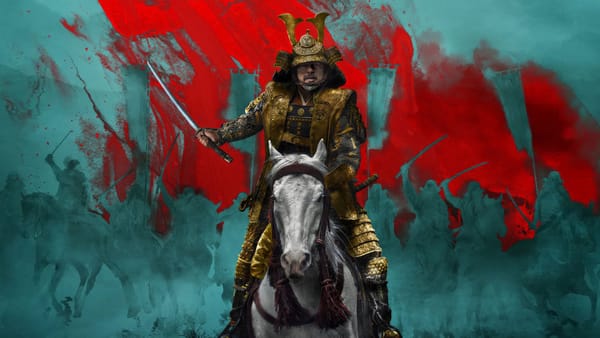World Table Tennis Championships Coming to Africa
Durban, South Africa is set to host the 2023 World Table Tennis Championships in a feat that would mean Africa will host the tournament for the second time ever.

Durban, South Africa is set to host the 2023 World Table Tennis Championships in a feat that would mean Africa will host the tournament for the second time ever. The tournament has only been held in Africa once, and that was in Cairo, Egypt, in the year 1939. The tournament itself kicked off in 1926, and since 1957 has been held biennially, i.e., every other year. Africa hosting the World Table Tennis Championships is a huge deal as it will mean that the continent will have the opportunity to present its table tennis talent at home.
How to Play Table Tennis or Ping-Pong
Table Tennis, also known as ping-pong, is a concentration and coordination sport and requires that the player is quick with their bat and keeps a keen eye on the ball. The game is particularly popular in Asia and, over recent decades, has become a worldwide phenomenon. Table Tennis is an indoor sport and one that demands more technique rather than strength or physical power.
Some would say it is like chess for tennis. It is also a speed sport and requires that each player keeps up with the speed of play while making sure that the ball does not evade them. Every player should make sure they return the ball, and it bounces off the other side of the net. The ball should also go above the net, and the player should be keen that they only hit the ball after allowing it to bounce once on their side of the table.
Knowing the Table in Table Tennis
Table Tennis is played on a hard table separated by a small net in the center. It is a sport that demands quick reactions, and a point is scored when the other player fails to return the ball. It is very much like tennis and will demand that the player commands the length of their side of the net. i.e., they must have a quick grasp of the length of their side of the table and ensure that the ball does not go past them or evade them.
A recommended way to ensure that your opponent cannot return the ball is to spin it to alter its trajectory and return it as fast as possible. A quick back and forth would easily overwhelm an amateur player and kick them off course. When the ball is not returned, then you score a point.
Years of Practice Needed to Master Table Tennis
The ball in table tennis is designed in a way that has increased its air resistance since rule changes in 2000, effectively slowing down the game. The ball is hit with a bat or racket or paddle, a purpose-built laminated wooden flat board that may be covered by rubber on one or both sides. Its size is nearly that of an open wrist with all fingers spread. i.e., nearly 15 centimeters in diameter.
Every player has a feel for their bat, and some players will prefer several bats over others. Bats are specially made and need not be too heavy to allow ease of play and not overly tire out the player. Table tennis is also a skilled sport, and proficient players acquire proficiency through years of practice and playing opponents of different capabilities.
Durban, South Africa is elated to be hosting the World Table Tennis Championships (WTTC) in 2023. WTTC #Africa
— David Mania (@daviemaniaa) November 7, 2020
The WTTC Set to Boost Table Tennis in Africa
The World Table Tennis Championships will undoubtedly boost the game in Africa and will create more awareness of what the game is, its rules, and how it is played. The championships will also boost sports tourism in Africa and allow players from all over the world to visit Africa and play the game on African soil. Africa is mostly left out in indoor games such as tennis and table tennis, and hosting the championships in 2023 is a welcome change.
Strokes in Table Tennis
Similar to golf, table tennis also has strokes and different strokes for offensive or defensive play. Different players will apply different techniques, and as they get better at playing the game, they also develop proficiencies and styles such as shakehand and penhold grips. These are the varied ways the player holds the bat while playing. Again, the grip is a consequence of the player’s proficiency and preference for bat and style of play.





